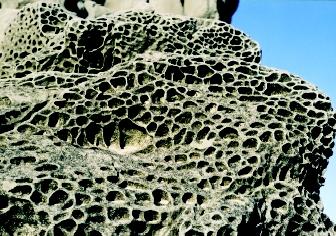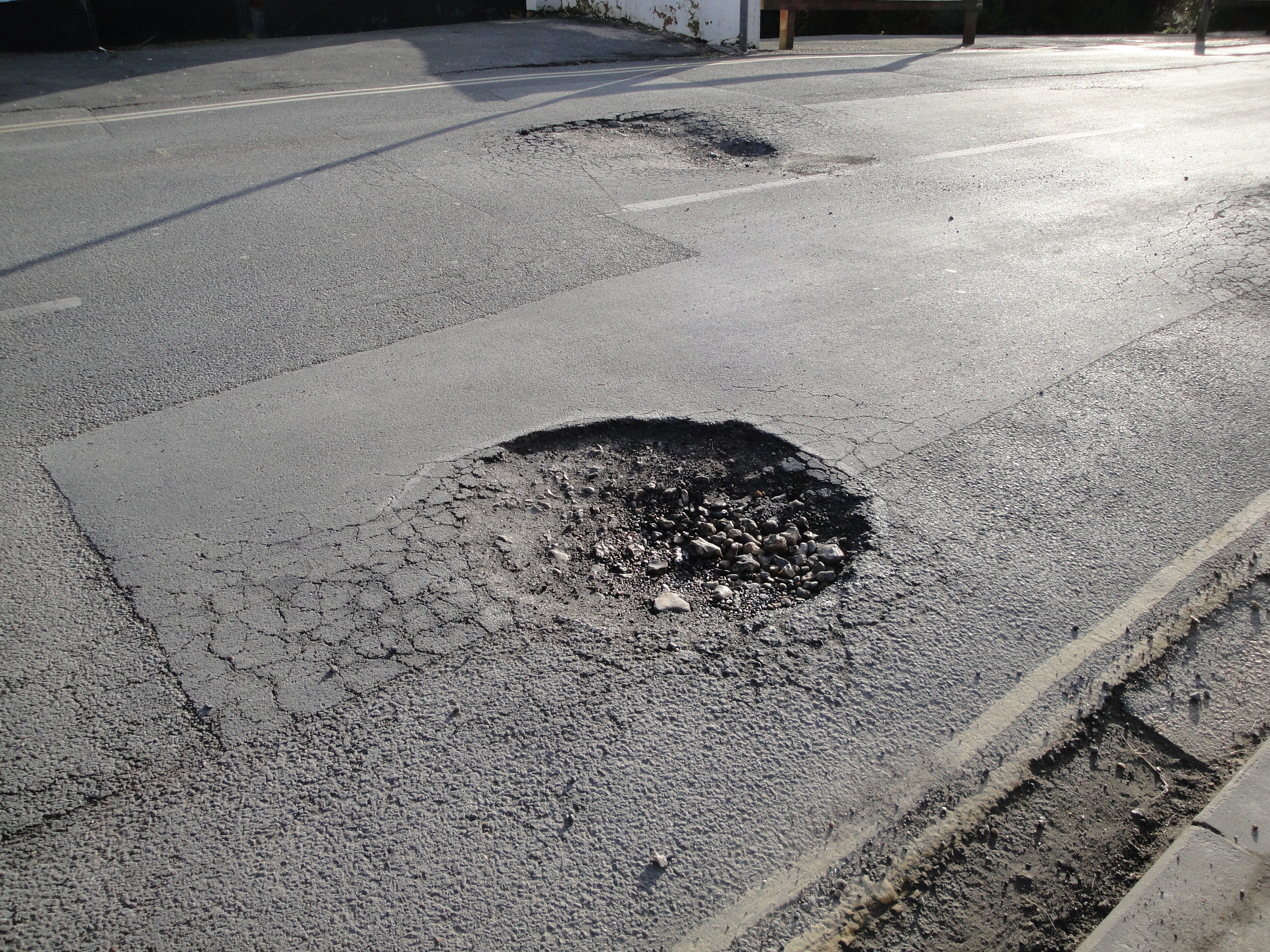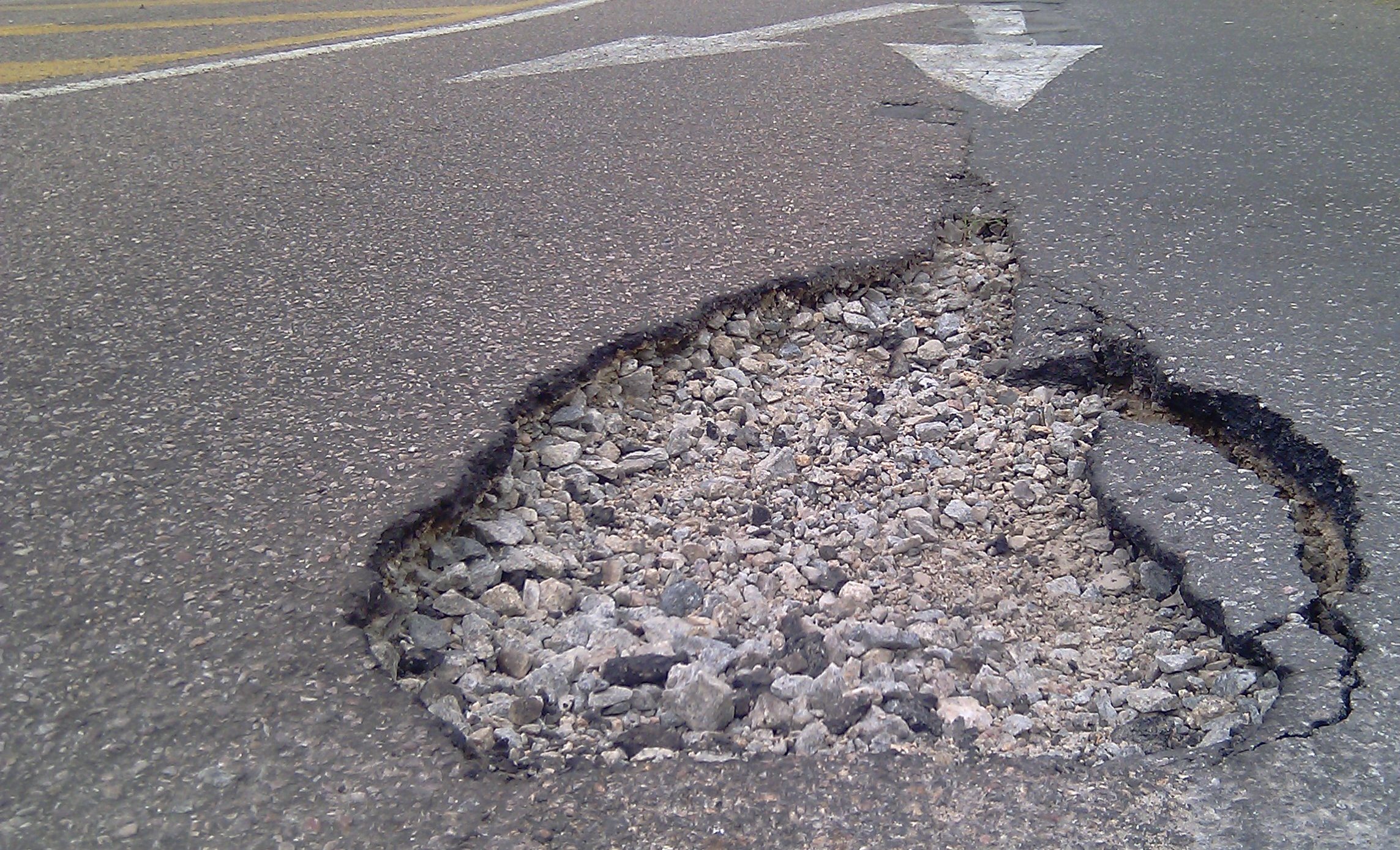Walls Vs Nature EarthCache
-
Difficulty:
-

-
Terrain:
-

Size:  (other)
(other)
Please note Use of geocaching.com services is subject to the terms and conditions
in our disclaimer.
This true-urban earthcache will teach you about the fundamentals of the weathering process. The cache is located near the beautiful old city of Jerusalem
About this earthcache
Although most cachers think that to find an earthcache you need to go outside the city into nature, the fact that we surround ourselves in cement deep inside an urban environment doesn’t mean that we can keep nature outside of our city. Nature is everywhere from the rocks we build our city to the pot holes that we see on our roads. This earthcache was design to prove this point you can find interesting natural phenomena’s everywhere you just need to look.
What is Weathering ?
Weathering is the process where rock, soil or minerals are dissolved, worn away or broken down into smaller and smaller pieces through contact with the Earth's atmosphere, biota and waters. There are mechanical, chemical and organic weathering processes. When you look at a mountain range and see piles of loose boulders and debris from landslides, it is weathering that has loosened them from the solid rock of the mountain. When you dig in a garden or a farmer plants a field, the soil you dig is the natural product of slow, gradual weathering of rocks. One should remember there is a difference between Weathering and Erosion but that’s a different earthcache topic.
There are two main classes of weathering processes: mechanical and chemical.
Mechanical weathering:
Mechanical weathering, also called physical weathering, causes rocks to crumble. Water seeps into cracks and crevices in rock. If the temperature drops low enough, the water will freeze. When water freezes, it expands. The ice then works as a wedge. It slowly widens the cracks and splits the rock.
Mechanical weathering also occurs as the rock heats up and cools down. The changes in temperature cause the rock to expand and contract. As this happens over and over again, the rock weakens. Over time, it crumbles.
Another type of mechanical weathering occurs when clay or other materials near hard rock absorb water. The clay swells with the water, breaking apart the surrounding rock.
Salt also works to weather rock. Saltwater sometimes gets into the cracks and pores of rock. If the saltwater evaporates, salt crystals are left behind. As the crystals grow, they put pressure on the rock, slowly breaking it apart.
Plants and animals are agents of mechanical weathering. The seed of a tree may sprout in soil that has collected in a cracked rock. As the roots grow, they widen the cracks, eventually breaking the rock into pieces. Over time, trees can break apart even large rocks. Even small plants, such as mosses, can enlarge tiny cracks as they grow.



(Different types of mechanical weathering )
Chemical weathering
Chemical weathering changes the materials that make up rocks and soil. Sometimes, carbon dioxide from the air or soil combines with water. This produces a weak acid, called carbonic acid, which can dissolve rock.
Carbonic acid is especially effective at dissolving limestone. When the carbonic acid seeps through limestone underground, it can open up huge cracks or hollow out vast networks of caves
Another type of chemical weathering works on rocks that contain iron. These rocks rust in a process called oxidation. As the rust expands, it weakens the rock and helps break it apart.



(Different types of chemical weathering )
Climate and weathering
The water cycle and climate are intimately involved in the processes of weathering. Hot and wet climate conditions enhance chemical weathering, and cold, wet conditions promote physical weathering. Weathering processes are typically slower in dry regions, whether cold or hot.
People and Weathering
Weathering is a natural process, but human activities can speed it up. For example, certain kinds of air pollution increase the rate of weathering. Burning coal, natural gas, and oil releases chemicals such as nitrogen oxide and sulfur dioxide into the atmosphere. When these chemicals combine with sunlight and moisture, they change into acids. They then fall back to Earth as acid rain.



Great Info what do I need to do to log it
Answer this simple question
- Look at the walls of the city, you can spot at least two diffrent types of weathering. Please describe one chemical and one physical type with examples
- According to the text potholes (hole in the road) are also caused by weathering. Based on what you read in the text and the climate of Jerusalem can you explain how they are made exactly ?
- The western wall/ Temple wall is not far from where you are. According to tradition if you write a wish on a piece of paper and stick it inside the wall, there is a chance god will hear it. Can you thing of a type of weathering process this act can mimic ? or can it have the same effect as one of the weathering process described in the text ?
- I would love if you can attach a picture of yourself, GPS device or even a TB/coin with the walls
<

Additional Hints
(No hints available.)